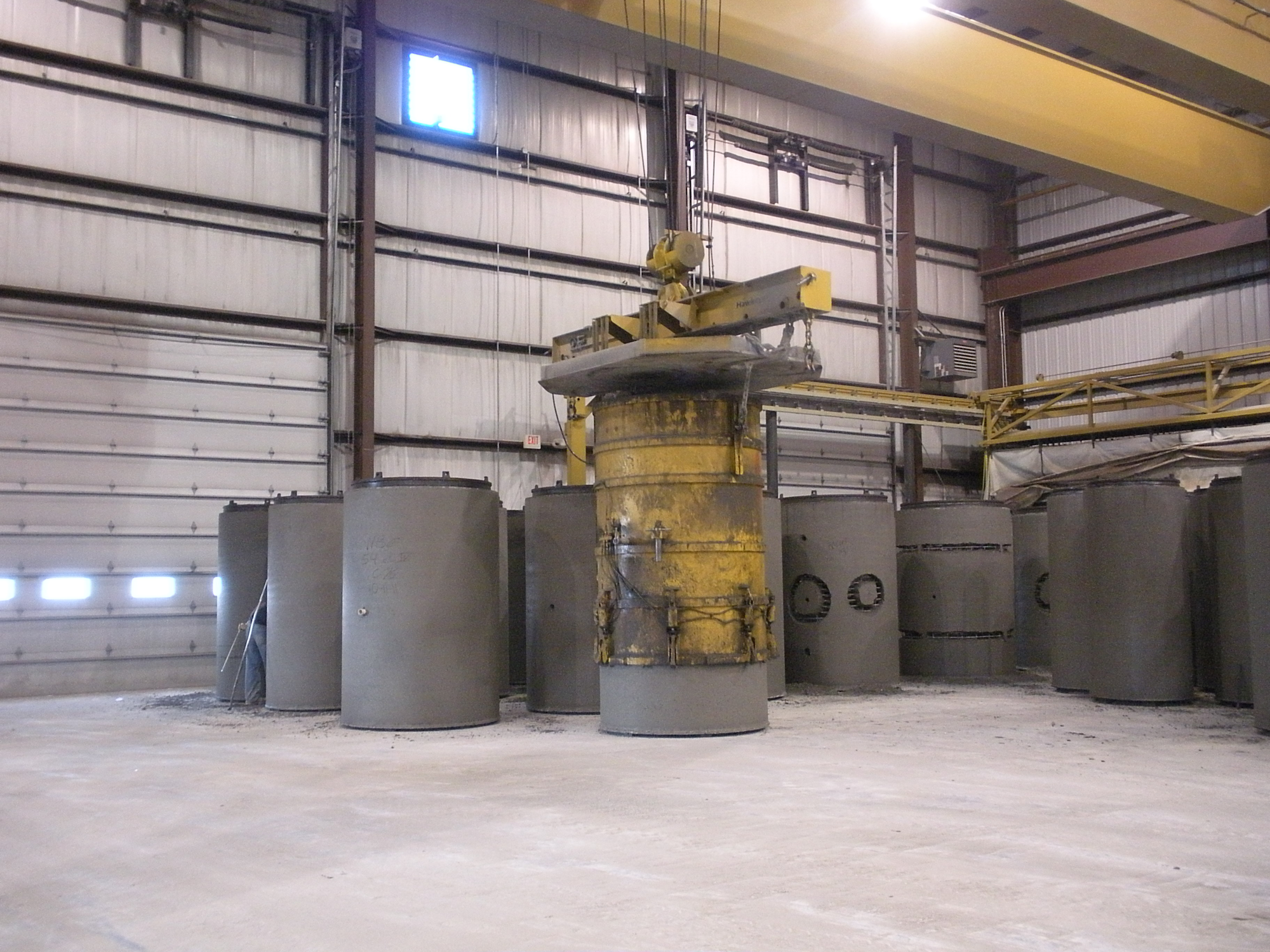Day 60
Culvert Lining Project
Today was the day the liner was delivered for our culvert lining project. The placement of it seemed to go well. The contractor will finish grouting the annular space tomorrow. A resident did stop by to tell us we didn't know what we were doing, and it would never work, and he would sue everyone when water backed up into his home. Of course, he had no information to base his opinion on other than the new pipe is of a smaller diameter than the existing one. So the other staff members tried to explain the hydraulics and design information to give him an idea of why a smaller pipe can carry the same or more water, but he still didn't believe anyone. So he contacted the elected officials to express his concern. I let the engineer who designed the culvert project know about the complaint.
It's unfortunate, but this seems to happen so much where a group of professionals put in a lot of time designing a project, and then someone stops by and tells everyone they are all wrong, and it will never work. And they never seem to have any facts or information to base their opinion on.
I have to admit I have seen some poor designs in general executed over the past 30 years, however, none related to culvert sizing. And even those poor designs did not cause failures or damage – they were just not good designs and usually ended up impacting our operations and increasing our costs. So the city had to do more work to make the final product better and improve efficiency and cut costs. But I can't remember where there was property damage that could be attributed to bad design – maybe poor construction but not poor design.
Of course, the bottom line in a something like this is that anyone building or buying a home next to a creek increases their risk of having water entering their home during a storm. Particularly when openings like doors or windows are installed that allow for a way for water to enter the home. Culverts and other stormwater facilities are only designed to carry a certain storm intensity. If a storm occurs that is greater than the design storm, the culvert or other stormwater infrastructure will not convey all the water and could allow water to back up and enter nearby structures. So for our situation, whether we leave the old culvert or install a new one with equal or greater capacity, there will always be a risk that a storm occurs that will not be handled by the culvert and water could back up into homes – that is the risk of owning property next to a body of water.
Intersection Enhancements
We also met with a vendor who sells traffic control products. He did a great job showing us some alternatives for the intersection where we are trying to draw attention to a pedestrian crossing. One product we are particularly interested in is a sign and light called the "Enhancer." Here is the link to a site showing the product: http://www.statewidetrafficsafety.com/enhancer.asp.
Miscellaneous
We did manage to get our staff meeting in today. And I continued on trying to check our budget line items.




I see a possibility of a problem with the “Enhancer” product. Since there is no walk/don’t walk sign, then people may not push the button. They might just walk without pushing the button.
Ryan
I know what you mean – we also were wondering about that. But what the vendor told us is the push button has an infrared trigger on it so it senses when someone walks within a certain distance of it and then starts talking to the person. It tells the person to push the button, look both ways before crossing, or any other message you want to program in.
Although I guess people might decide to ignore the sign and try to walk without using it. But those people probably would not have been concerned about having any type of enhancement for pedestrians. And the people who are concerned about alerting cars will push the button to draw attention to their crossing. We are going to visit an installation in a neighboring city to see it in action! I'll probably mention our experience in a future post.